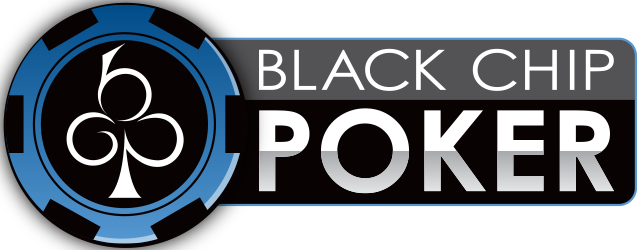
How to Get the most from your Heads Up Game by Playing Position.
Position in the betting sequence, relative to the others in the hand, is an
important aspect in making a profit in all forms of poker. In heads-up poker,
where you face only one opponent, this becomes even more important.
Your position in the betting sequence is determined by the dealer button. This
alternates between the 2 players and fixes who acts first and last for the
entire hand. Before the flop the player with the dealer button posts the small
blind and the remaining player the big blind. This means the small blind is
first to act before the flop but importantly is last to act on the flop, turn
and river betting rounds.
Do you want to play heads up poker online? If so, we suggest you check out these top rated online poker sites - the best online poker sites for heads up games
In full ring games holding the dealer button only conveys part of the advantage
that it does in heads-up poker. This is because it is position relative to the
pre-flop raiser which is the important part. If in a full-ring game you hold the
button but the raiser is to your immediate right with other players still to act
behind you then much of this advantage has gone. The difference in a heads-up
poker match is that acting last means exactly that – you always act after your
opponent.
So what is the advantage of being last to act after the flop and how should this
be used. The key point is that most heads-up hands will completely miss the
flop. In last position you are able to gather information on the strength of
your opponents holding before you have to act.
Imagine you hold a good, but not great hand like a pair of 4’s before the flop.
From the button (small blind) you should usually raise. If your opponent calls
he has already given you some information – he has some kind of a hand but
nothing worth re-raising you with. On the flop you then see your opponent check,
knowing that he has shown weakness twice you can feel comfortable with betting,
unless the flop is particularly draw-heavy your opponent will usually have to
fold.
Let us compare the same hand in the Big Blind. As before there is a raise before
the flop, this time you flat call waiting for the flop which comes as 3 medium
to high cards. Here you could bet, this risks getting raised on a bluff (or
semi-bluff) from your opponent who may or may not have your hand beaten. If you
check and he bets then you are in an equally difficult situation.
Position is still an advantage if you make a set of 4’s on the flop. From the
small blind you can decide whether to raise to build a pot, or call to give your
opponent a chance to make a hand good enough to call on the turn. From the big
blind betting out after calling the raise pre-flop is a show of great strength –
you could easily make your opponent fold. Check-raising is an option likely to
win only a few additional chips here and even a check followed by a call will
cause an opponent who missed the flop to stop betting.
The key to position play in heads-up poker is that when last to act after the
flop you are in a better position to build a big pot with your strong hands, and
based on your opponents actions can lose the least when you are behind. Out of
position (Big Blind) players have the opposite case – it is more difficult to
build that big pot when ahead and difficult to know where you stand in the hand
when you are weak and your opponent bets. This means your are able to play more
hands, and should generally raise with those hands, when you hold the dealer
button.
First position after the flop does have some advantages, especially in those
cases where nobody has shown much aggression before the flop. The player who
acts first can exercise what is known as the ‘Right to First Bluff’. Since most
hands will miss most flops this can often take down a small pot uncontested. Of
course if you are called or even raised and have no hand then you must give up
immediately – the benefit of last position has demonstrated itself yet again.






